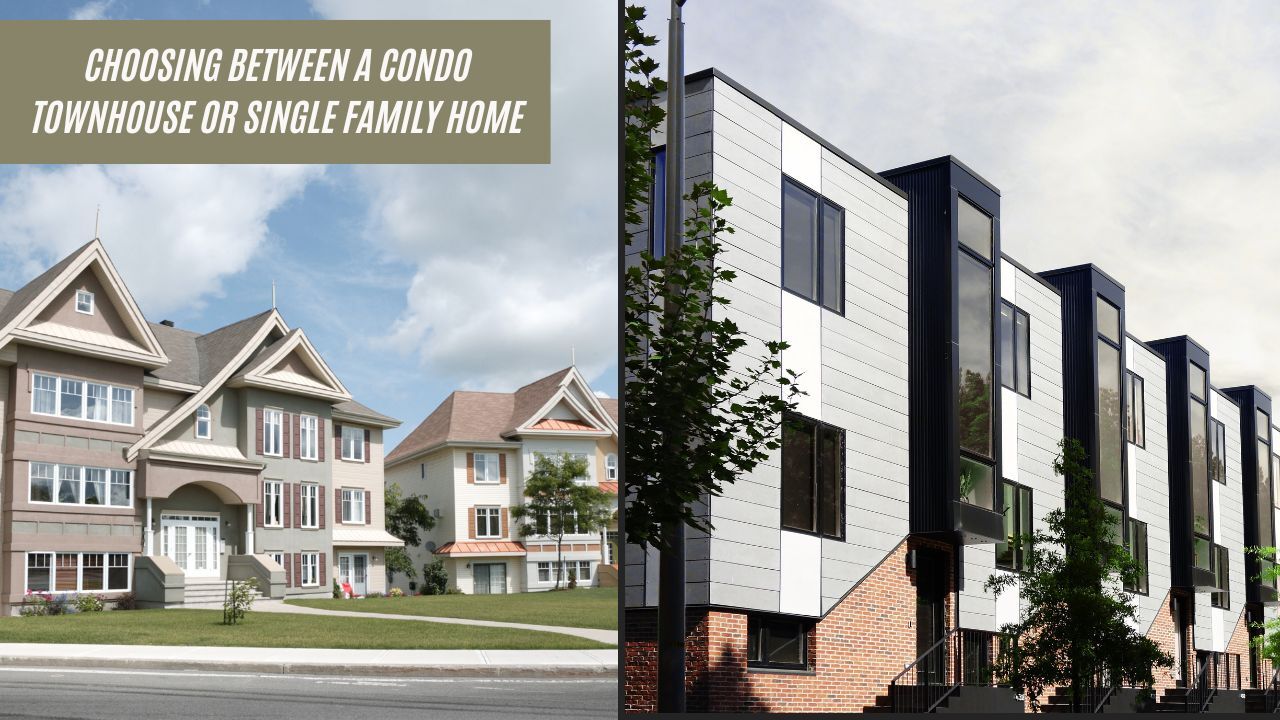 House hunting can be exciting, but it can also be frustrating when you cannot find a home that meets your needs, budget, or lifestyle. Many buyers feel stuck, unsure whether to settle, wait, or consider alternative solutions. Understanding creative options can help you navigate a competitive market while still finding a home that works for you.
House hunting can be exciting, but it can also be frustrating when you cannot find a home that meets your needs, budget, or lifestyle. Many buyers feel stuck, unsure whether to settle, wait, or consider alternative solutions. Understanding creative options can help you navigate a competitive market while still finding a home that works for you.
Consider Off-Market or Pocket Listings
Some of the best properties never make it to public listings. Working with a knowledgeable real estate agent can give you access to off-market homes or pocket listings that fit your criteria. These hidden opportunities can reduce competition and allow you to act quickly before the wider market sees them.
Look at Fixer-Uppers or Renovation Projects
If the perfect home does not exist, sometimes it pays to consider a home that needs updating. A fixer-upper can allow you to customize the space to your preferences while potentially paying less than move-in ready properties. Make sure to budget for renovations and inspect the property carefully to avoid unexpected costs.
Explore Alternative Neighborhoods or Property Types
Expanding your search radius or considering different types of homes, such as townhouses, condos, or multi-family units, can increase your options. Sometimes a slightly different neighborhood or property style offers better value, amenities, or long-term investment potential. Being flexible may help you find a home you truly enjoy.
Rent-to-Own and Creative Financing Options
Rent-to-own agreements or other creative financing options can provide a bridge while you continue searching for your ideal home. These arrangements allow you to move in sooner while securing the right property long-term. Discuss these alternatives with your agent to understand the terms and feasibility for your situation.
By exploring creative options, buyers can overcome the frustration of a tight market and discover solutions that align with their goals. A proactive approach, guided by a trusted real estate professional, ensures you stay in control of the process and avoid settling for less than the home you deserve.

 Deciding what type of home to buy is one of the most important steps in the home buying process. Condos, townhouses, and single-family homes each offer unique benefits and considerations, and the right choice depends on your lifestyle, budget, and long-term goals. Understanding the differences can help you make a confident decision.
Deciding what type of home to buy is one of the most important steps in the home buying process. Condos, townhouses, and single-family homes each offer unique benefits and considerations, and the right choice depends on your lifestyle, budget, and long-term goals. Understanding the differences can help you make a confident decision. The final walkthrough is one of the last steps before closing on your new home. It may feel like a formality, but it serves an important purpose. This is your chance to confirm that everything is in the condition you agreed to and that the home is truly ready for you to move in. Knowing what to expect can help you approach this step with confidence.
The final walkthrough is one of the last steps before closing on your new home. It may feel like a formality, but it serves an important purpose. This is your chance to confirm that everything is in the condition you agreed to and that the home is truly ready for you to move in. Knowing what to expect can help you approach this step with confidence. In today’s competitive real estate market, making a strong offer on a home can feel like walking a fine line. You want to stand out from other buyers, but you also want to avoid overpaying and stretching your budget too far. With the right strategies and guidance, it is possible to write an offer that is both competitive and smart.
In today’s competitive real estate market, making a strong offer on a home can feel like walking a fine line. You want to stand out from other buyers, but you also want to avoid overpaying and stretching your budget too far. With the right strategies and guidance, it is possible to write an offer that is both competitive and smart. Selling a home can be an exciting step toward new beginnings, but it often comes with a level of stress that catches many homeowners off guard. Between preparing for showings, managing offers, and planning a move, the process can feel overwhelming. As your real estate partner, I want to share strategies that can help reduce stress and keep the experience as smooth as possible.
Selling a home can be an exciting step toward new beginnings, but it often comes with a level of stress that catches many homeowners off guard. Between preparing for showings, managing offers, and planning a move, the process can feel overwhelming. As your real estate partner, I want to share strategies that can help reduce stress and keep the experience as smooth as possible.